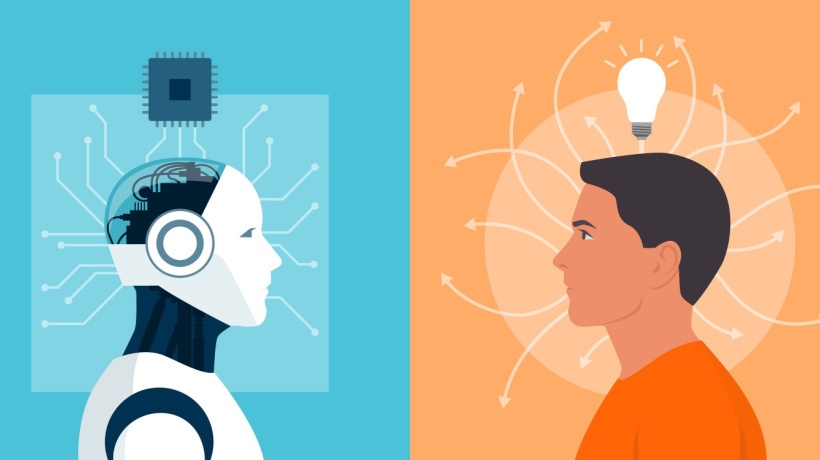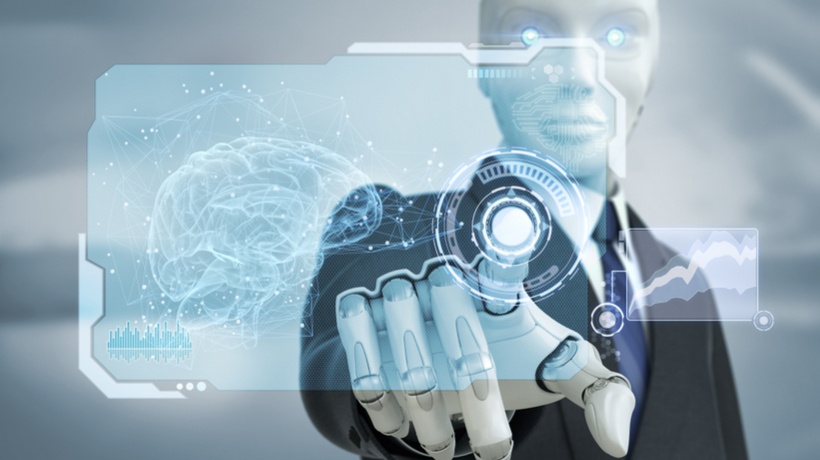Implementing AI: Is It Time?
Suppose you are an HR or L&D specialist and are still deciding whether it is high time for your company to turn to Artificial Intelligence (AI) or integrate it into the learning tools your company is using. You are not alone because the same idea also came to my mind. When I started searching for the answer, I hoped to tell the AI my industry, team size, and experience, and it would say YES or NO and briefly explain why I should implement AI. Well, this never happened. Since my hopes had faded, I dug deeper and found solid ground to search for an answer.
Automated Administrative Tasks
First, imagine you have hired a new employee, and the onboarding strategy has already been prepared for them. They are familiarizing themselves with the company and its structure, bringing benefits momentarily, growing, and learning to improve their competencies. The new person feels cared for all the time, receives answers to all the questions, and at the same time does not distract anyone. Perfect scenario.
AI will help you make it real. It automates various administrative tasks associated with training management, such as enrollment, scheduling, and tracking. By reducing manual effort, AI enables the training team to focus on more strategic initiatives, such as content development and program evaluation.
Current Training Methods And Limitations
The second thing is an AI's ability to quickly gather and process a tremendous amount of information. When determining the need to use new learning tools or change your current Learning Management Systems, evaluating your company's training methods and limitations is crucial. AI-driven analytics will give you insights into data on employee performance, training completion rates, and feedback to provide an objective evaluation. This evaluation can shed light on the limitations of your existing methods, such as scalability issues, lack of personalization, or difficulty tracking employee progress and engagement.
Skill Development And Training Goals
Third, if identifying the competencies and skills within your workforce is time-consuming, and you want to change that, then it would help if you considered implementing AI into your Learning Management System or completely changing the organization's learning tools. AI algorithms implemented, for example, in an LMS, can recommend appropriate training resources and modules based on individual employee profiles, optimizing the learning journey and enhancing skill development outcomes. These may include identifying skill gaps, suggesting relevant courses or materials, and proposing training strategies to meet specific learning objectives.
Challenges Of Implementing AI
First, AI is expensive to implement and develop. Second, AI is a technology that needs to be holistic. It cannot be implemented partially. If AI is implemented partially, it will often analyze information poorly and make mistakes. For example, it will offer the user irrelevant content. With the introduction of AI, it is necessary to completely transform the existing working/training system in the company/organization. After all, the AI is based on the data it analyzes. If there is insufficient data, the result will not be relevant.
At a time when we should all be concerned about diversity, equality, and inclusion—the introduction of digital humans that don't have such a thing as a neutral algorithm needs to be made with a degree of care. AI is based on the prevailing prejudices, beliefs, and values of the people and organizations who have built the algorithms which help AI to learn and provide it with what passes for intelligence.
As a further example: ChatGPT was asked to describe the desirable characteristics of a doctor and a nurse. The doctor was described as "he" in the response and the nurse as "she." Similar results were obtained when asked a similar question about an Engineer Administrator and a Senior Manager, and a Customer Services Assistant.
What Questions Should HR And L&D Ask When Researching The Possibility Of Implementing AI?
Human Resources staff may ask the following questions:
- How can AI be used for personnel management?
- How should we prepare for the implementation of AI in the company?
- What tasks will AI solve?
- How can we motivate employees to use AI to improve productivity?
- Should we be worried that AI will replace jobs?
- Are there privacy risks through AI?
- How can the company ensure that the AI we use will not cause harm or violate human rights?
Wrapping Up
One size does not fit all when it comes to training. The benefits of AI in helping HR and L&D leaders are tremendous. It enables professionals to align training initiatives with strategic goals, ensuring employees acquire the skills to drive organizational success, gain valuable insights, deliver personalized learning experiences, and forecast future training needs. Using AI as an analytic tool empowers companies to make data-driven decisions, enhance employee performance, and achieve sustainable organizational success in an evolving business landscape.







